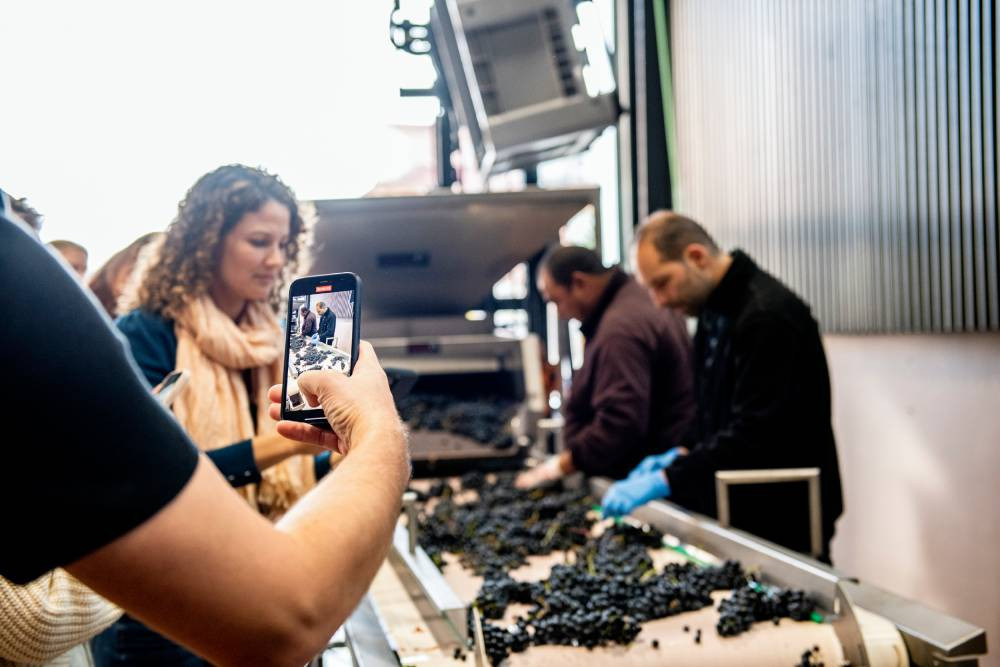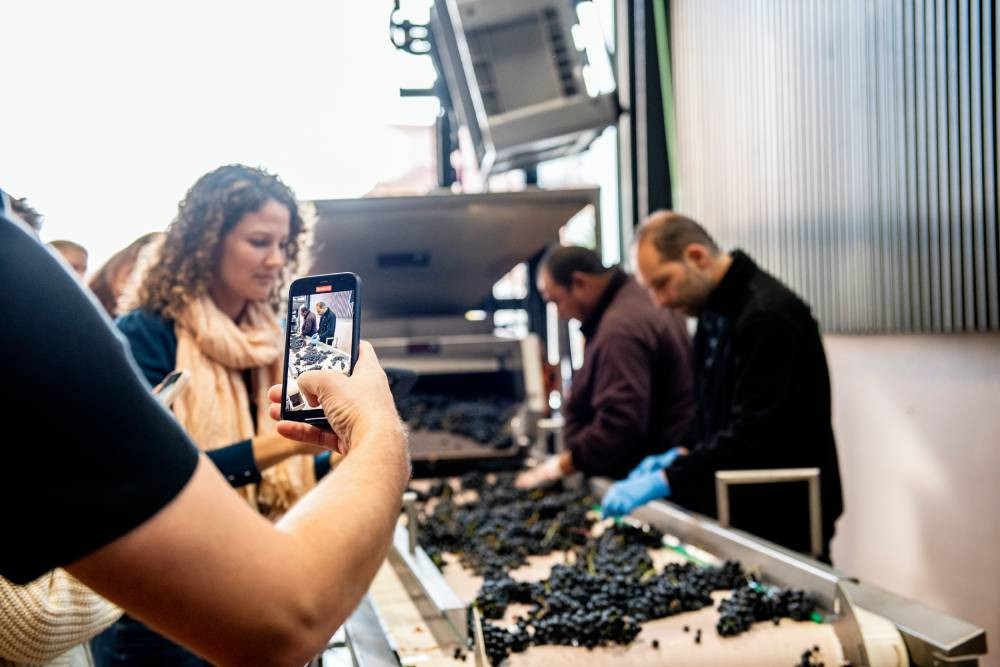The harvest began on August 30 and ended on November 12, lasting a total of 74 days.
The extreme weather conditions had a significant influence on the condition of the grapes, which are in optimum health and have a character marked by their terroir.

The Ribera del Duero Designation of Origin completed its fortieth harvest on November 12, the third longest in its history, lasting seventy-four days. There are currently 7,551 grape growers and 26,188.95 hectares registered in the DO.
The 2022 vintage was an early campaign that started on August 30, in a scenario of drought and high temperatures that had slightly delayed the ripening cycle, although the rains in September helped to accelerate the pace and led to an agile development of the harvest. The harvest closed with 105,038,409 kilos, with a notable increase in white grapes, mainly albillo grapes. 1,190,797 kilos were of the DO's native white grape, almost thirty-five percent more than in the previous harvest. 103,847,612 kilos of red grapes were harvested, mostly Tinta Fina from Ribera del Duero.
The 2022 harvest was carried out manually, reducing the use of machines in this campaign, with only 27.9% of the total area. This is a testimonial figure that shows the predominance of manual harvesting, which is more demanding but also more precise, allowing the selection of clusters and the control of production from the vineyard itself, an exhaustive work to select the best quality.
To control the campaign, the Control Board set up a system with the technical department in charge, coordinating the Bacchus Web application, a pioneering tool developed by the Ribera del Duero Control Board to control the harvest, grape production, wine management and all the procedures affecting growers and wineries. In terms of on-site control and monitoring tasks, there were gaugers, campaign assistants, auditors and coordinators.



